People of Tam Thanh commune prepare bamboo and rattan seedlings.
In previous years, people in the district exploited bamboo shoots and bamboo shoots indiscriminately, without taking care of them according to technical procedures, causing serious degradation of bamboo forests in the area, with reduced productivity and quality. Therefore, relevant authorities have inspected, reviewed, planned and implemented many solutions to develop bamboo forests in a sustainable and effective manner.
The District People's Committee coordinated with the Provincial Forest Protection Department to go to villages and hamlets to disseminate and propagate policies to support the development of intensive bamboo areas; provide training on techniques for caring for and fertilizing bamboo forests for households that registered to participate in bamboo forest restoration... In the period of 2016-2020, households were supported with funds to buy fertilizer for the first and second years of intensive bamboo forest restoration at the rate of 2 million VND/ha/year and supported 230 million VND/1km of upgraded or new forestry road (200ha of concentrated bamboo forest were supported with 1km of road).
By December 2024, Quan Son had 13,451 hectares of bamboo forest. Of which, the area of bamboo that had been intensively restored was more than 9,500 hectares. The entire district has built over 20km of new forestry roads, creating favorable conditions for people to intensively cultivate, restore, care for, exploit, and transport forest products for consumption, reducing manual labor costs.
In the first months of 2025, the Department of Agriculture and Environment of Quan Son district coordinated with communes in the area to provide training on techniques for caring for, fertilizing, and restoring bamboo and bamboo forests, implementing the 2025 plan to intensively cultivate and restore 1,200 hectares of bamboo and bamboo forests and care for and fertilize 1,500 hectares of bamboo and bamboo forests in the second year. Communes and towns in the district have proactively disseminated and effectively promoted the development of intensive bamboo areas; provided training on techniques for caring for and fertilizing bamboo forests to households that registered to participate in bamboo forest restoration; developed a sustainable bamboo forest management plan to grant sustainable forest management certificates for bamboo forests...
Head of the Department of Agriculture and Environment of Quan Son district, Ha Van Toan, said: The effectiveness of the policy of developing intensive bamboo areas has helped raise awareness of local authorities and people in the management, protection, development and sustainable exploitation of bamboo forests. Changing from extensive farming practices, not fertilizing and caring for bamboo forests to intensive farming, fertilizing and caring for bamboo forests. The work of zoning and protecting forests has also been actively participated in by households, groups of households and representatives of village and hamlet communities. The restoration of poor quality bamboo forests has significantly improved the productivity and quality of bamboo forests. Specifically, the bamboo shoot growth coefficient has increased by 1.5 times, the bamboo shoots are larger and the shoots are longer. Some forestry roads combined with people's livelihoods have created favorable conditions for traffic in villages, hamlets, communes and districts.
Up to now, Quan Son has 6,142 hectares of bamboo and luong forests certified by the International Forestry Stewardship Council (FSC), contributing significantly to ensuring the quality standards as well as the price and output of the district's bamboo trees. In the district, there are over 70 companies, cooperatives and forest product processing establishments, purchasing and processing primary products, mainly chopsticks, paper, flooring, plywood, etc. The value of bamboo trees has been raised, contributing to increasing the income of many bamboo farmers and bamboo processing enterprises.
Along with the province's policy of supporting the development of intensive bamboo growing areas, communes and towns need to support the expansion of intensive bamboo growing areas. Strengthen state management of forest protection and development in general, and bamboo forests in particular. Continue to review and evaluate the current status of bamboo processing facilities in the area to find solutions to improve the efficiency of production and trading of bamboo products; commit not to purchase or consume young bamboo. Build cooperative models for bamboo production and trading, create concentrated raw material areas and act as a bridge to call for businesses to invest capital, science and technology in intensive farming, develop sustainable and effective bamboo forests, contributing to improving people's lives and promoting local socio-economic development.
Article and photos: Thu Hoa
Source: https://baothanhhoa.vn/quan-son-tham-canh-phuc-trang-nang-cao-hieu-qua-rung-luong-245370.htm


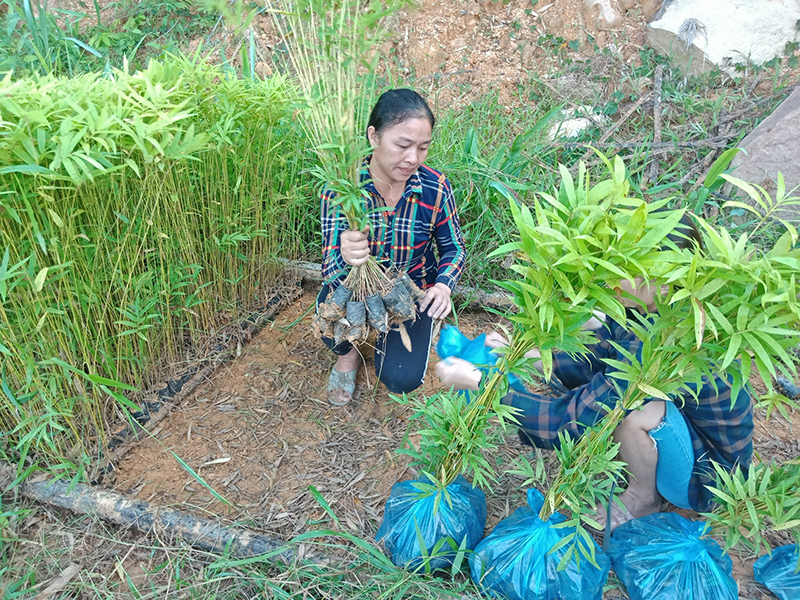
![[Photo] General Secretary To Lam receives French Ambassador to Vietnam Olivier Brochet](https://vstatic.vietnam.vn/vietnam/resource/IMAGE/2025/4/17/49224f0f12e84b66a73b17eb251f7278)
![[Photo] Nhan Dan Newspaper announces the project "Love Vietnam so much"](https://vstatic.vietnam.vn/vietnam/resource/IMAGE/2025/4/17/362f882012d3432783fc92fab1b3e980)
![[Photo] Closing of the 4th Summit of the Partnership for Green Growth and the Global Goals](https://vstatic.vietnam.vn/vietnam/resource/IMAGE/2025/4/17/c0a0df9852c84e58be0a8b939189c85a)
![[Photo] National Assembly Chairman Tran Thanh Man meets with outstanding workers in the oil and gas industry](https://vstatic.vietnam.vn/vietnam/resource/IMAGE/2025/4/17/1d0de4026b75434ab34279624db7ee4a)
![[Photo] Promoting friendship, solidarity and cooperation between the armies and people of the two countries](https://vstatic.vietnam.vn/vietnam/resource/IMAGE/2025/4/17/0c4d087864f14092aed77252590b6bae)


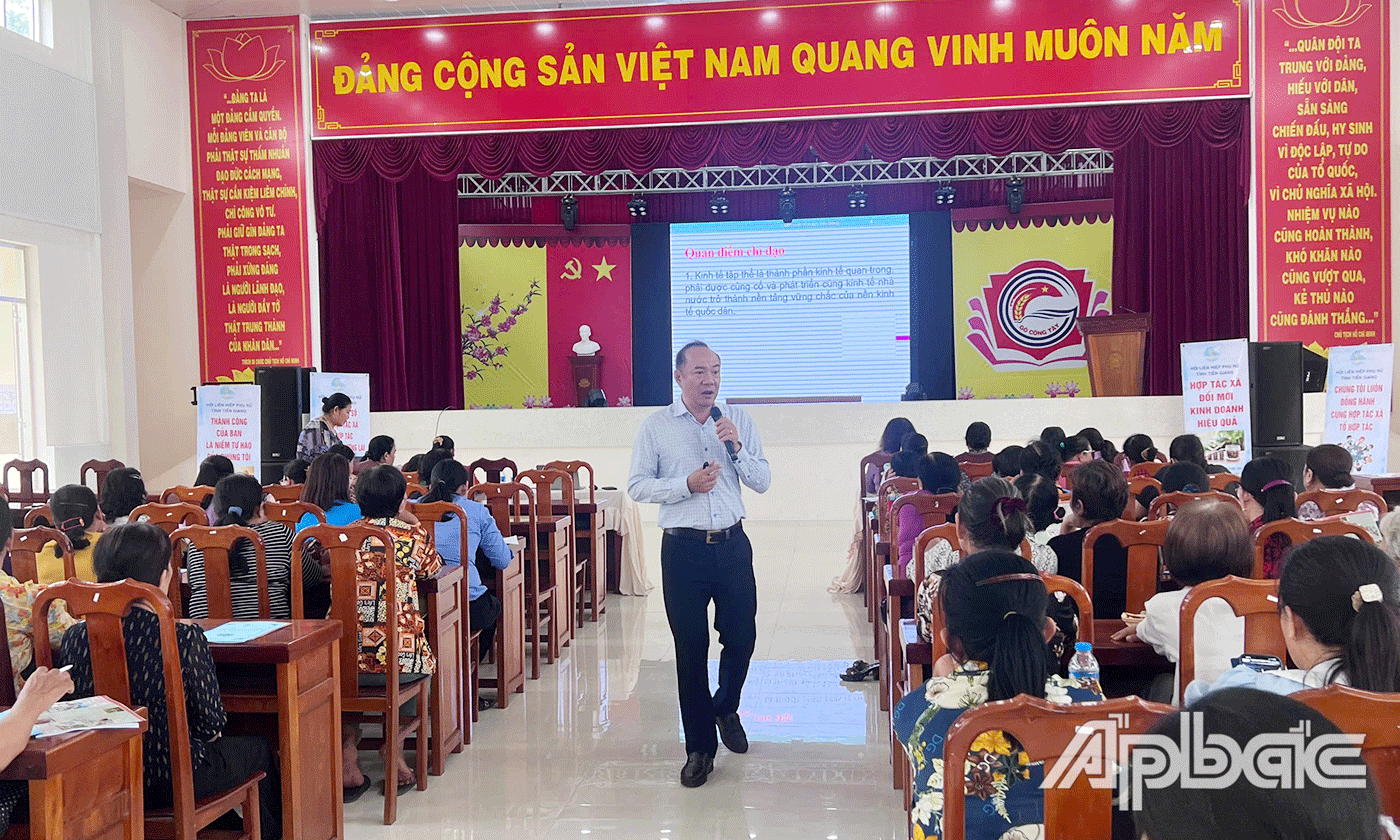
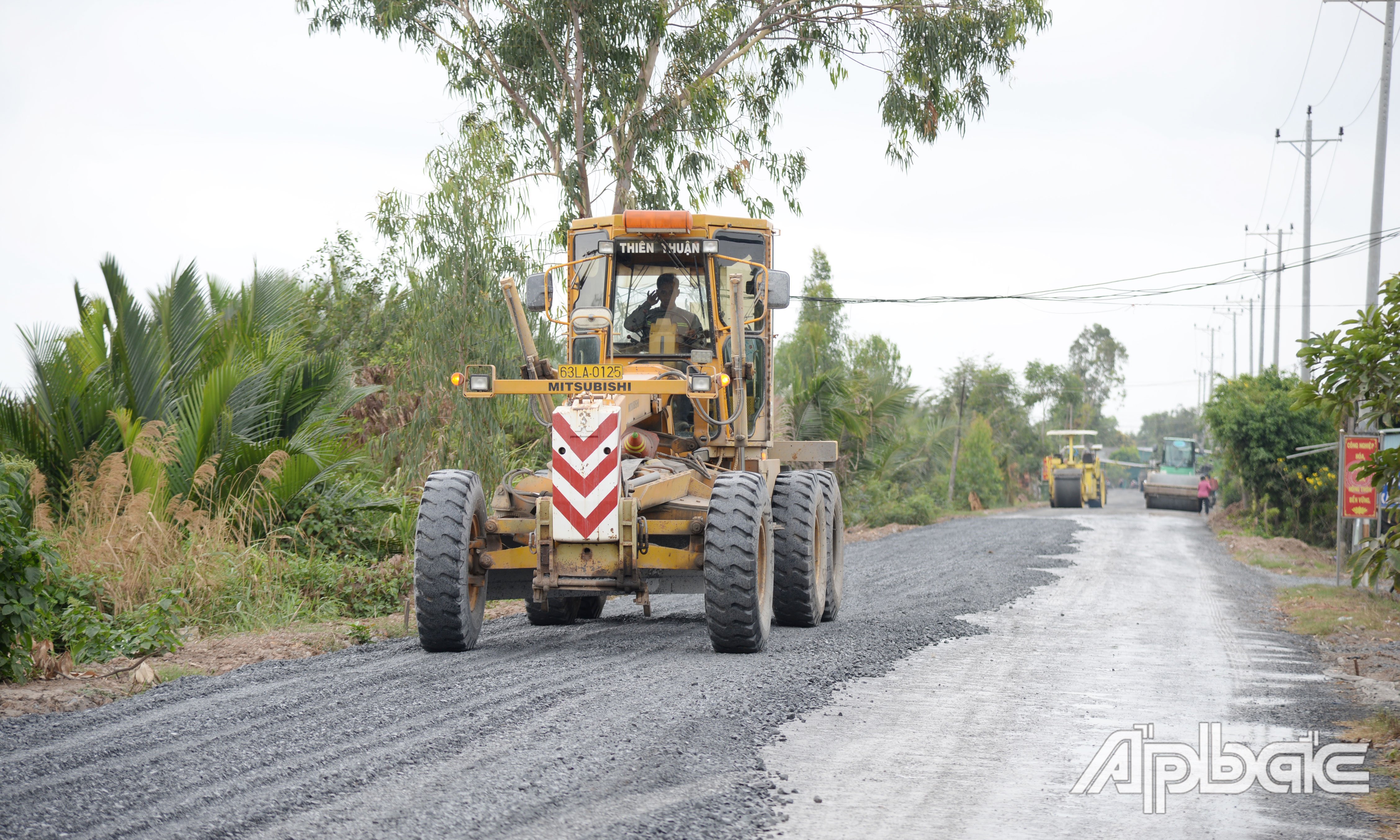
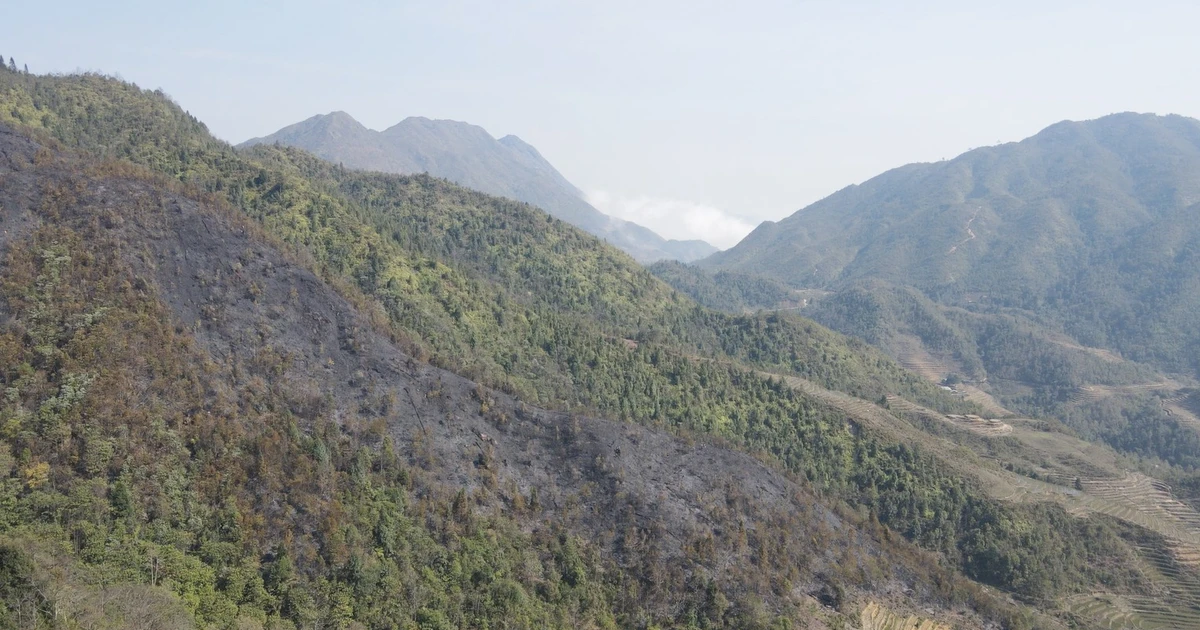
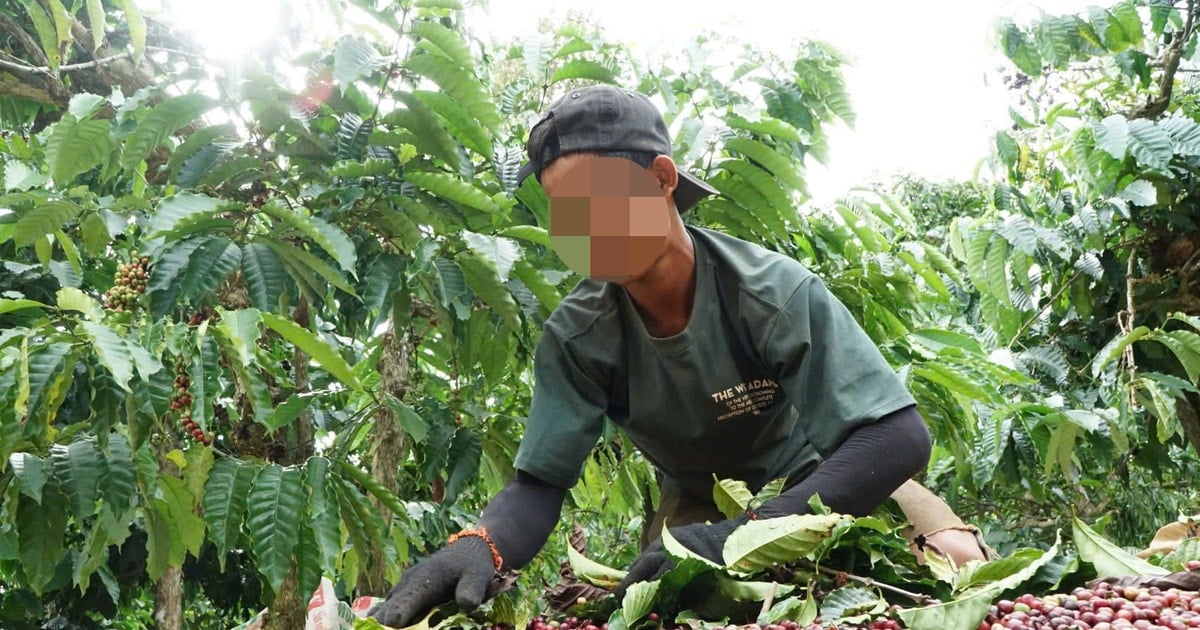





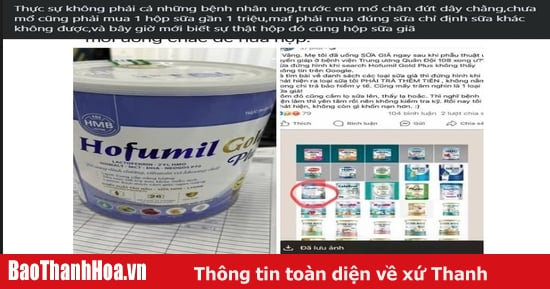
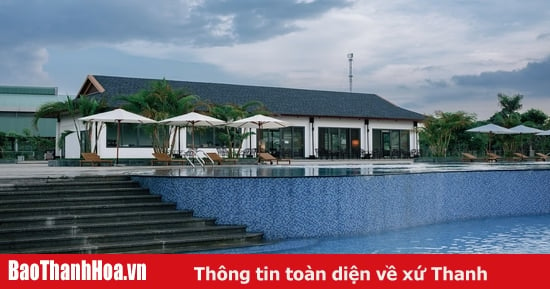
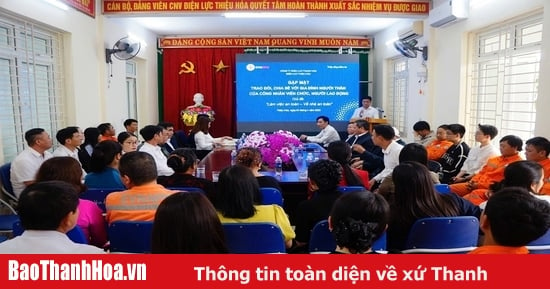
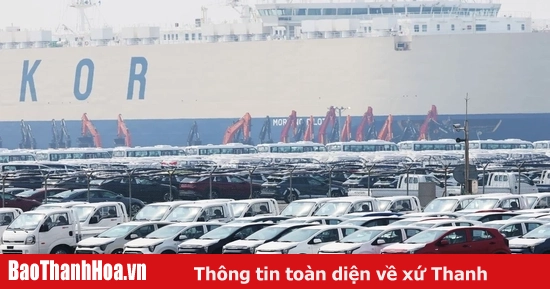
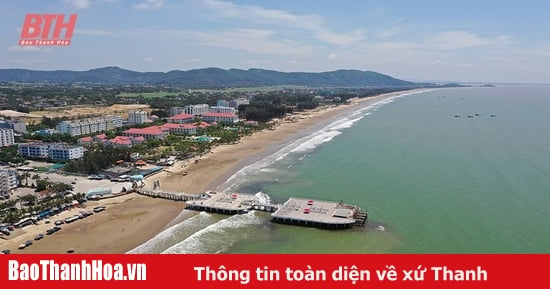

![[Photo] Welcoming ceremony for Chinese Defense Minister and delegation for friendship exchange](https://vstatic.vietnam.vn/vietnam/resource/IMAGE/2025/4/17/fadd533046594e5cacbb28de4c4d5655)















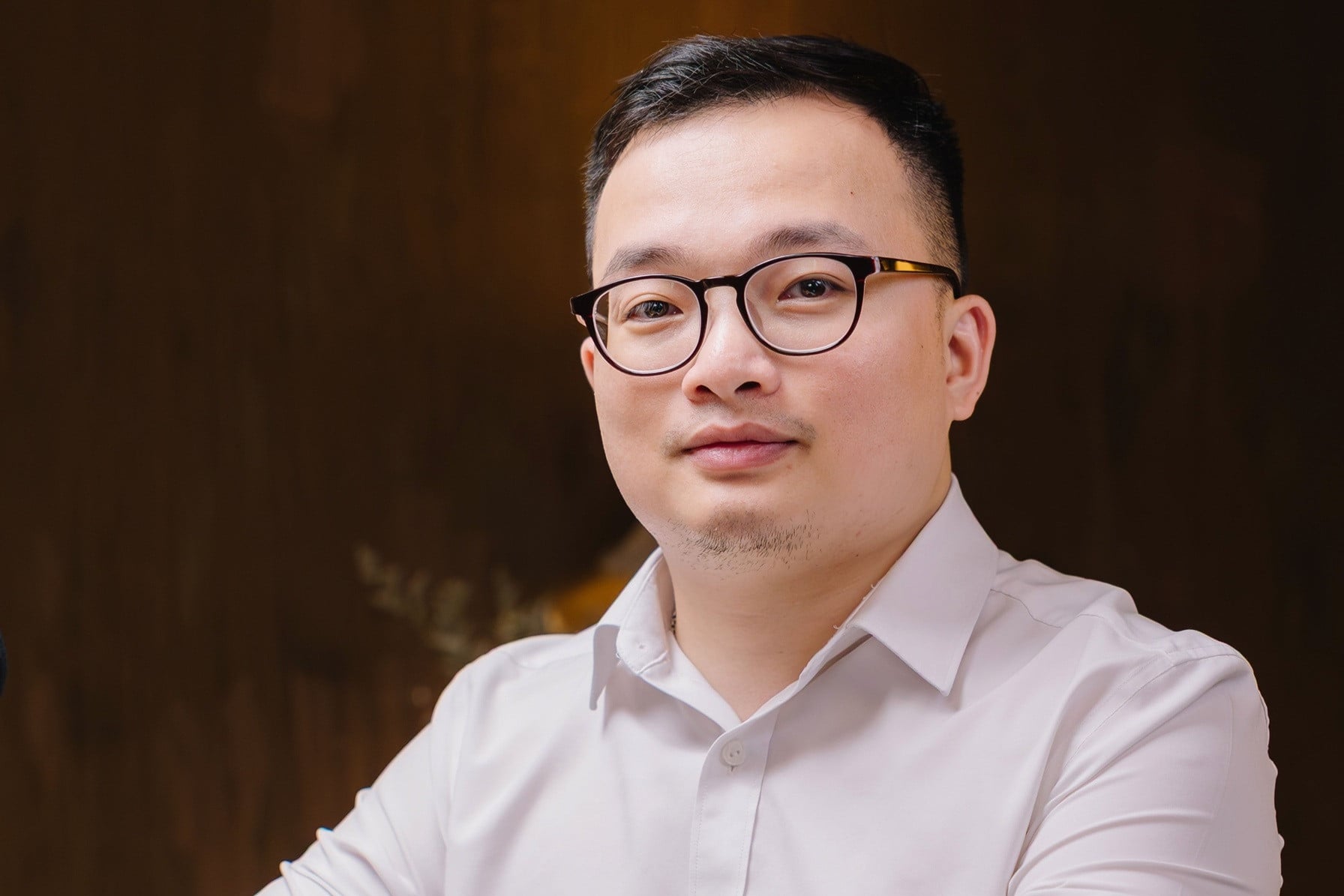












![[Video] Viettel officially puts into operation the largest submarine optical cable line in Vietnam](https://vstatic.vietnam.vn/vietnam/resource/IMAGE/2025/4/17/f19008c6010c4a538cc422cb791ca0a1)
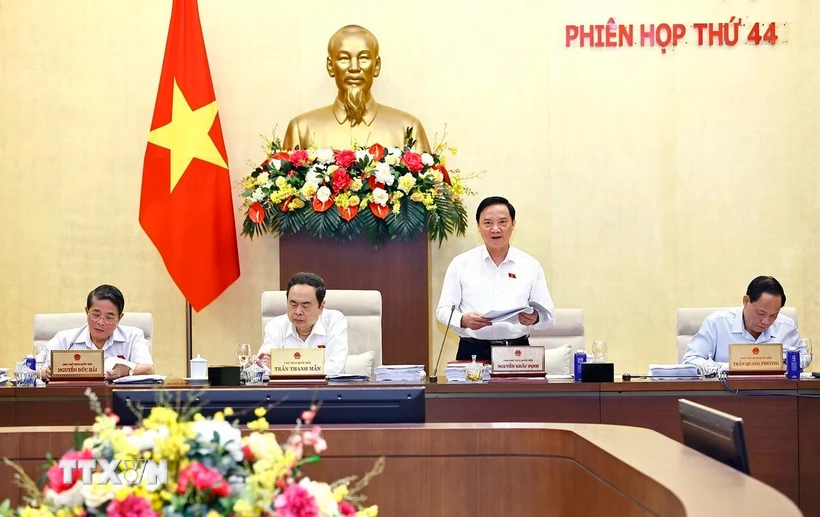
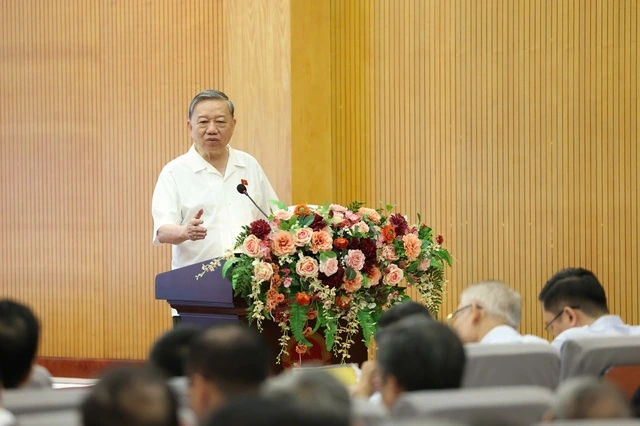

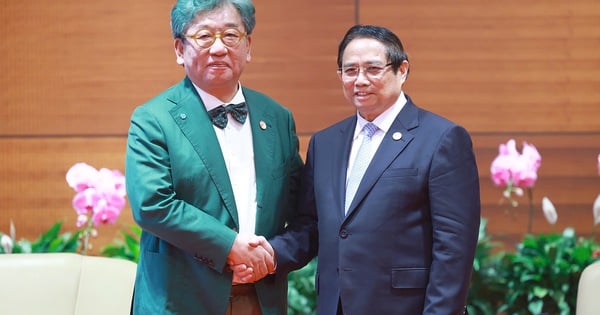

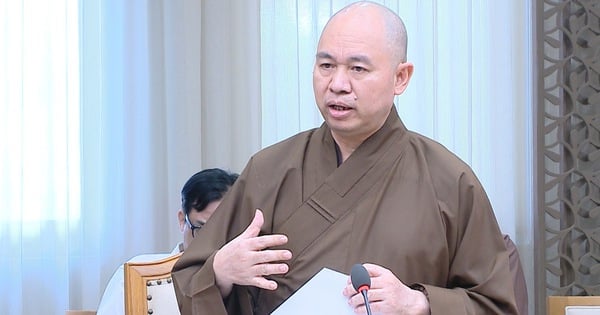
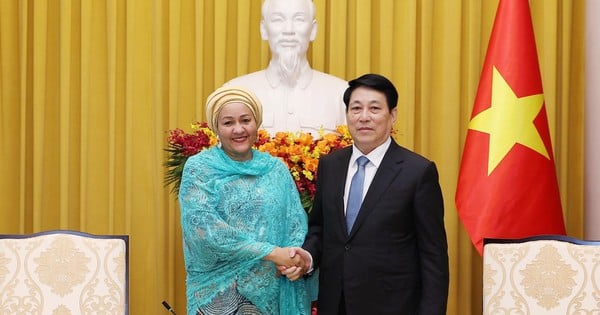
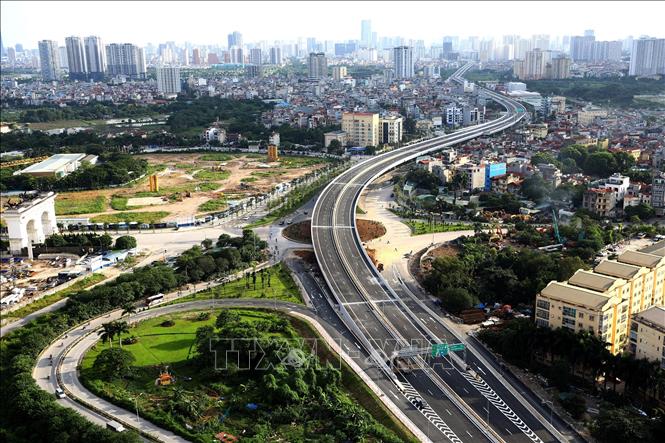



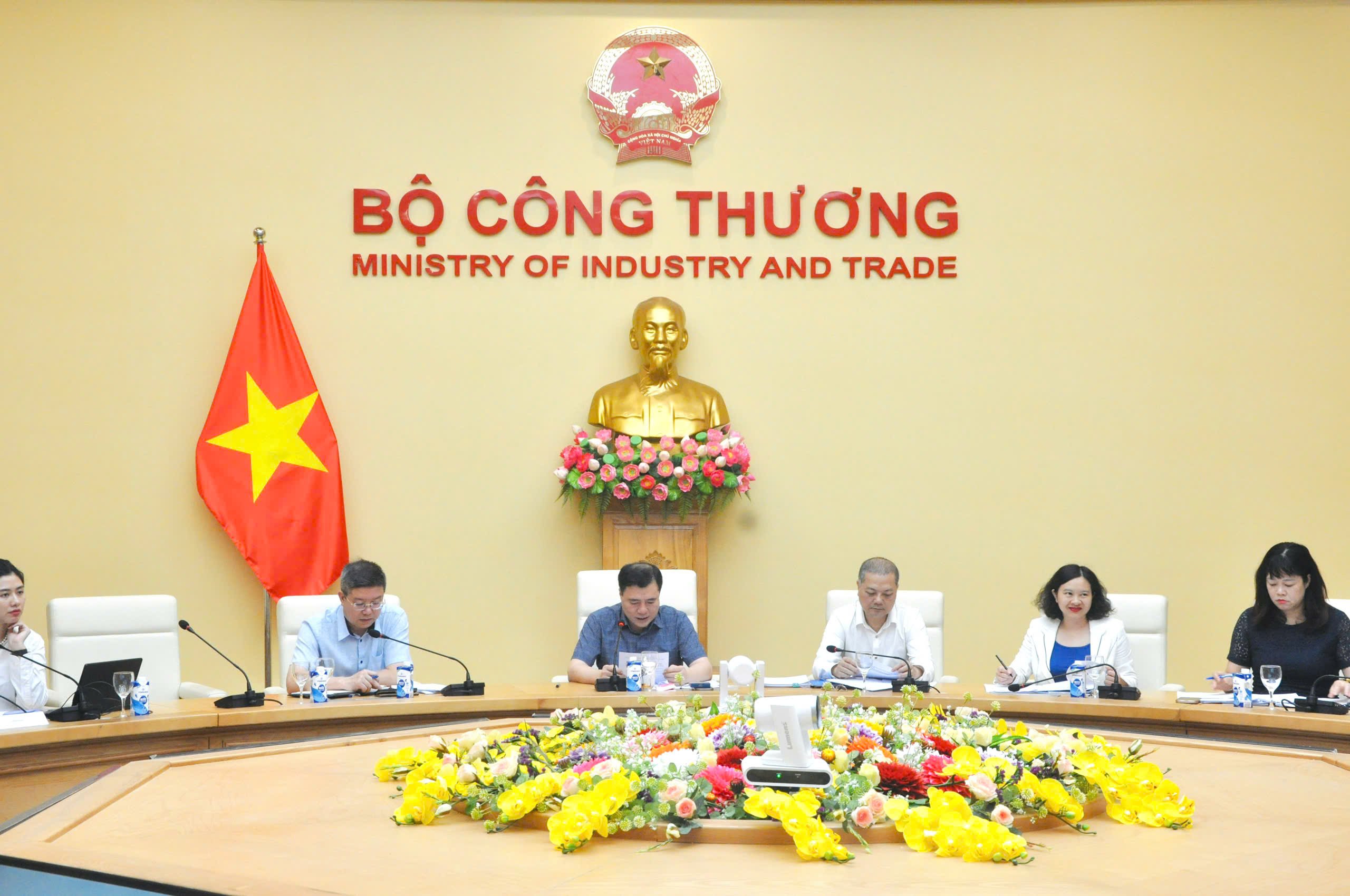

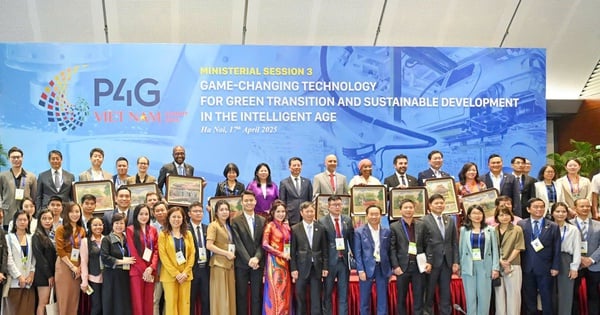

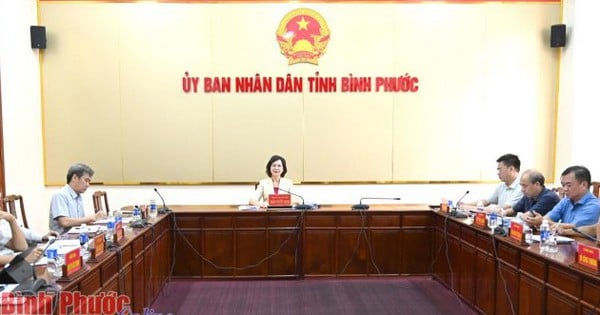
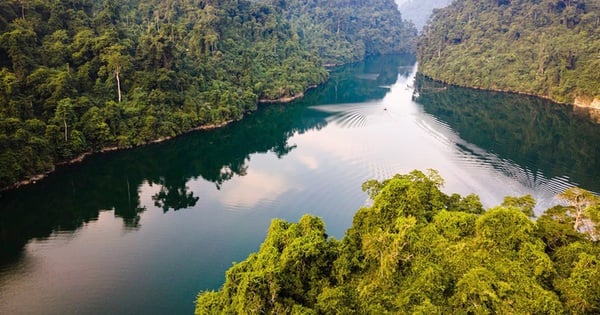
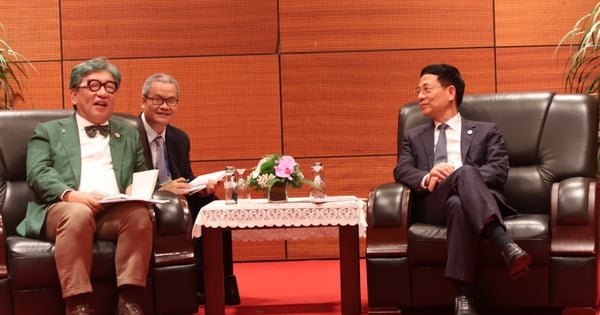




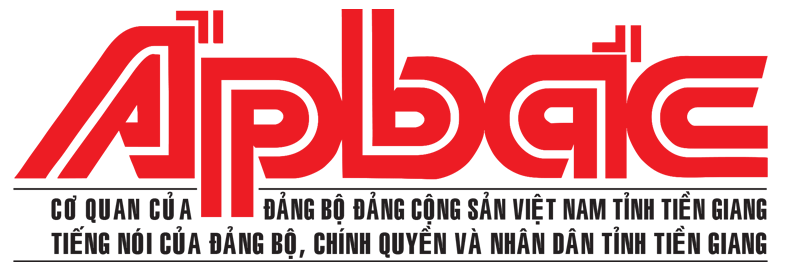
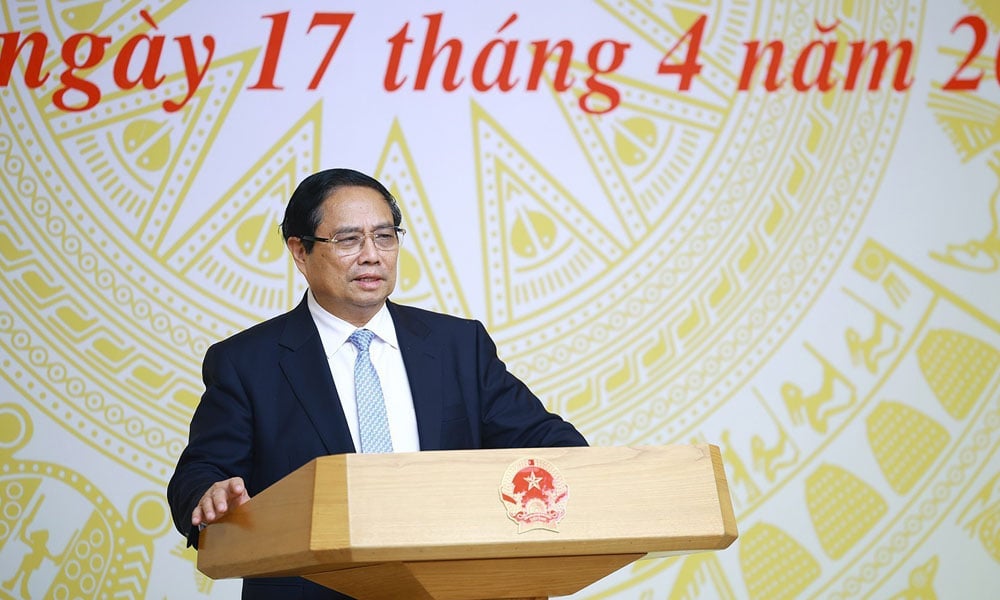












Comment (0)